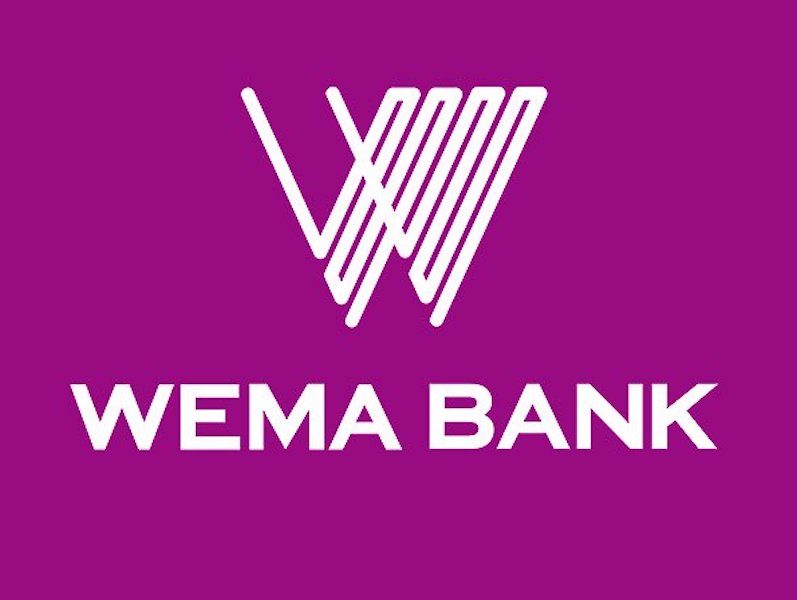Wema Bank’s High Growth Is Receding
Wema Bank Plc is pulling back so far this year from the high growth records that it registered in 2019. The bank is losing both revenue and profit after closing last year’s operations with the strongest improvement in gross earnings since 2013. Profit faced downward at the end of half-year trading after a break-out growth for the second year in 2019.

Management had navigated the bank from the rise and fall pattern of the preceding years to reasonable stability at the end of 2019. That move isn’t being sustained in the current financial year with the loss of revenue and profit margin in the second quarter.
Costs grew alongside the loss of revenue and profit margin went down from 4.7 percent in the first quarter to less than 3 percent in the second. The second quarter contributed less than 35 percent to the bank’s half-year profit figure of N1.5 billion.
The pressure on the side of costs came from operating expenses, which grew against a drop in earnings. But management was able to keep interest and loan impairment expenses in check at the end of half-year operations in June 2020.
The two expense lines had posed major challenges to the bank last year – when interest expenses grew by 43 percent and net impairment expenses on financial assets grew by 17 percent. At half-year in June 2020, interest expenses declined ahead of interest income at almost 14 percent year-on-year to N18 billion. Also, net loan impairment expenses went down by 7 percent to N766 million over the same period.
Wema Bank posted gross earnings of over N38 billion at the end of June 2020, a decline of 6.6 percent year-on-year. This is a downturn from accelerated growth of 28 percent in gross income at the end of 2019. This is the first revenue decline the bank is seeing in many years after posting the highest revenue growth in seven years last year.
Interest income dropped by 9 percent year-on-year to N29.8 billion at a half year from close to 17 percent increase at the end of 2019. Management continues to boost the principal earning assets – loans and advances at an increase of 16.7 percent to over N337 billion from the closing figure in 2019. This is further up on the growth of 15 percent in credit volume in 2019.
Non-interest income remains the strength in the revenue growth records of the bank despite a sharp slowdown at half-year. At N8.3 billion, non-interest earnings improved by 4.4 percent year-on-year compared to a 71 percent leap at the end of 2019.
Despite the drop in interest expenses, the figure remains high relative to interest income. Wema Bank devotes over 60 percent of interest income to paying interest expenses – one of the highest cost margins in the banking sector. This is reflected in its profit margin – which is one of the lowest in the business.
Net impairment expenses on financial assets have extended from a major slowdown in the preceding year to a decline this year. This is indicating further gains in the overall credit quality standard of the bank. The ability to keep loan expenses down will be a critical development to watch in the coming quarters.
Operating cost shifted from a cost-saving center for the bank last year to a revenue consuming line at the end of half-year. Total operating expenses grew by 7 percent to N17.6 billion at the end of June 2020 compared to a drop of 6.6 percent in gross earnings. That raised the operating cost margin from 40.7 percent at the end of 2019 to 46 percent at the end of June this year.
The bank closed the half-year operations with an after-tax profit of N1.4 billion, which is a drop of 33.5 percent year-on-year. This is a downturn from a profit growth of 32.5 percent the bank posted at the end of last year.
Wema Bank closed the first half of the 2020 financial year with earnings per share of less than 4 kobo, down from below 6 kobo per share in the same period in the preceding financial year. It closed last year’s operations with earnings per share of 13 kobo and gave out 4 kobo per share to shareholders in cash dividend.
The outlook for the second half reflects persisting revenue weakness though some improvement in non-interest earnings may reduce the margin of decline. Interest expenses are likely to remain under control but loan loss charges look likely to change direction from declining to growing in the second half.


Comments are closed.